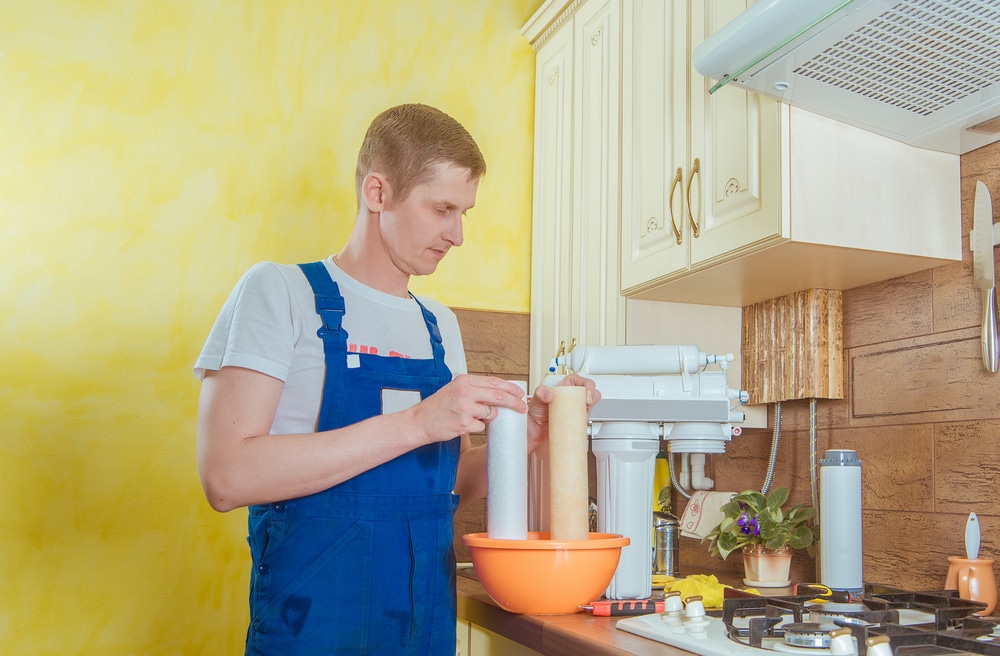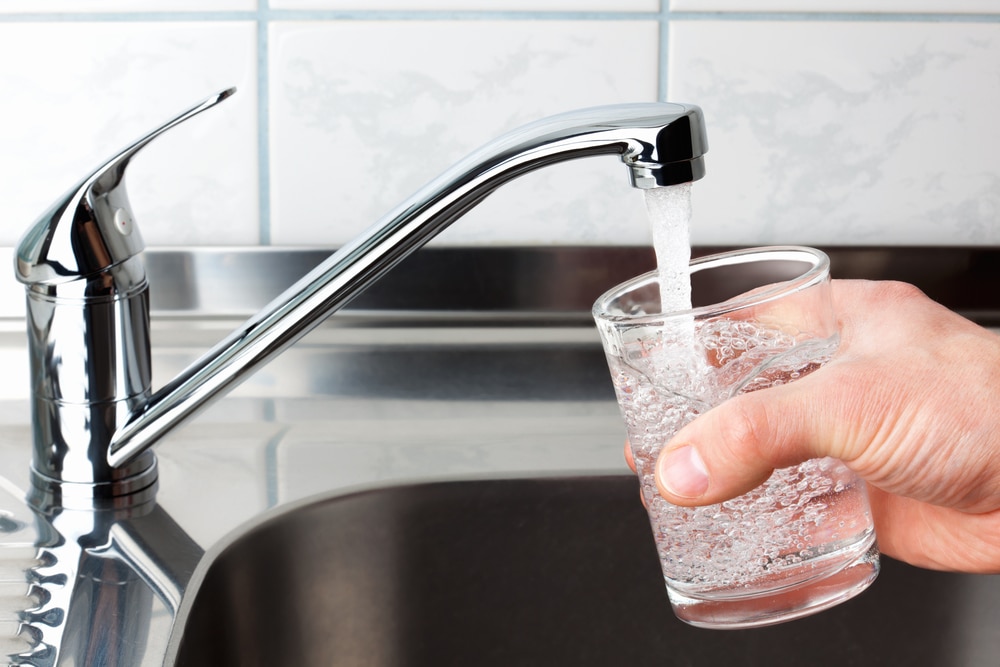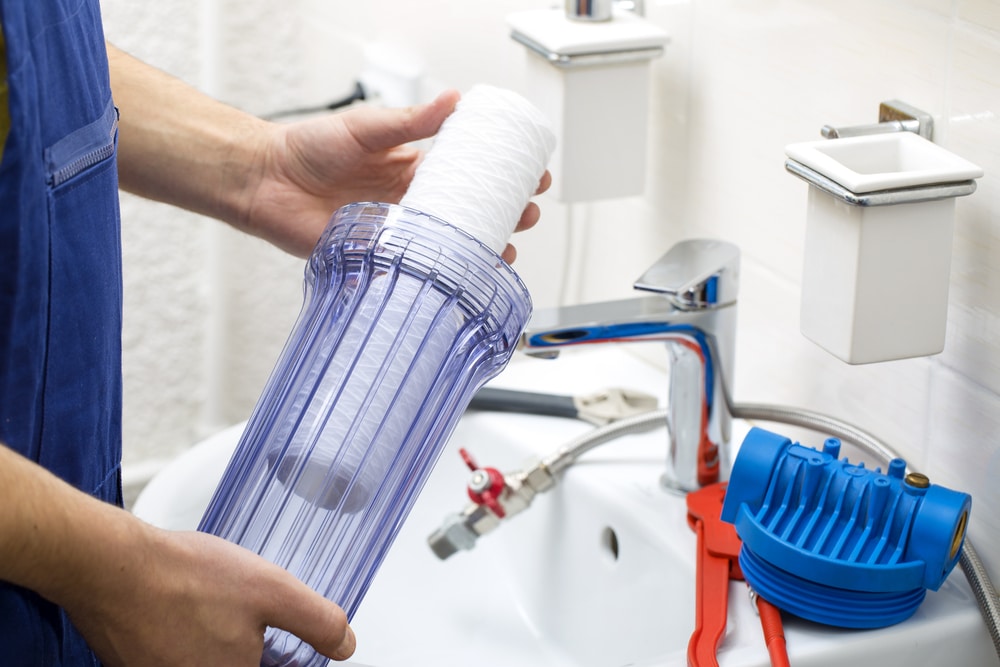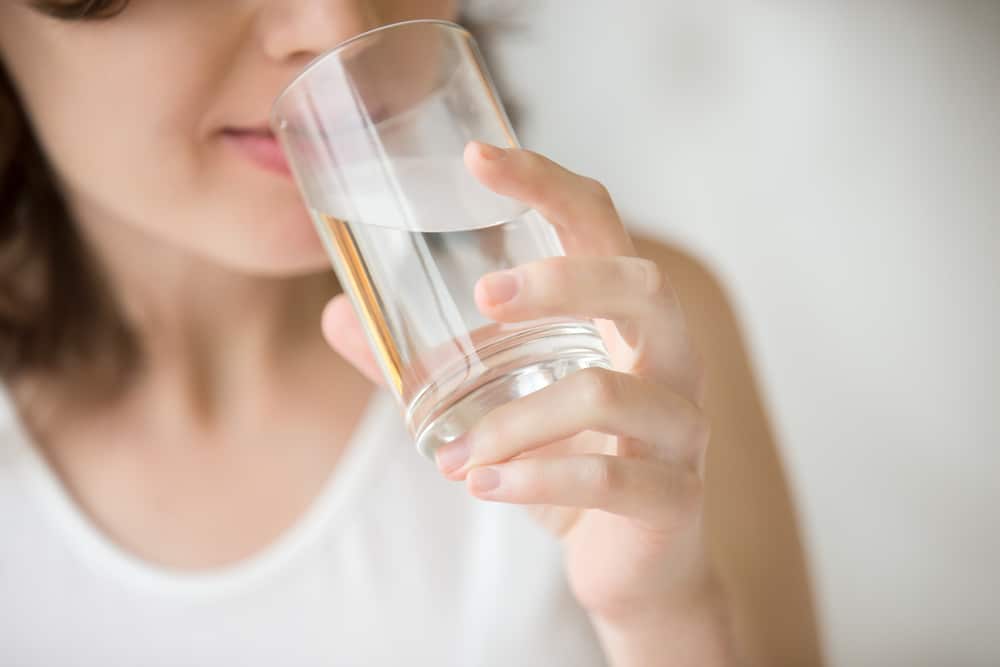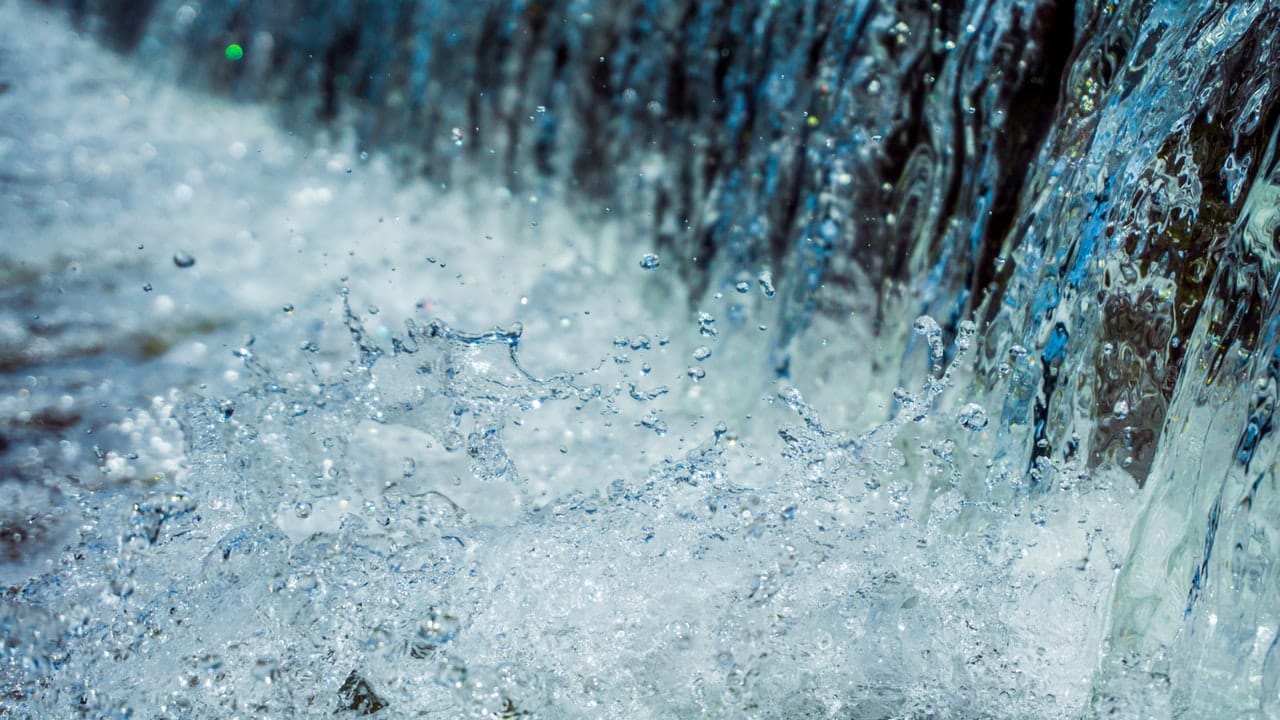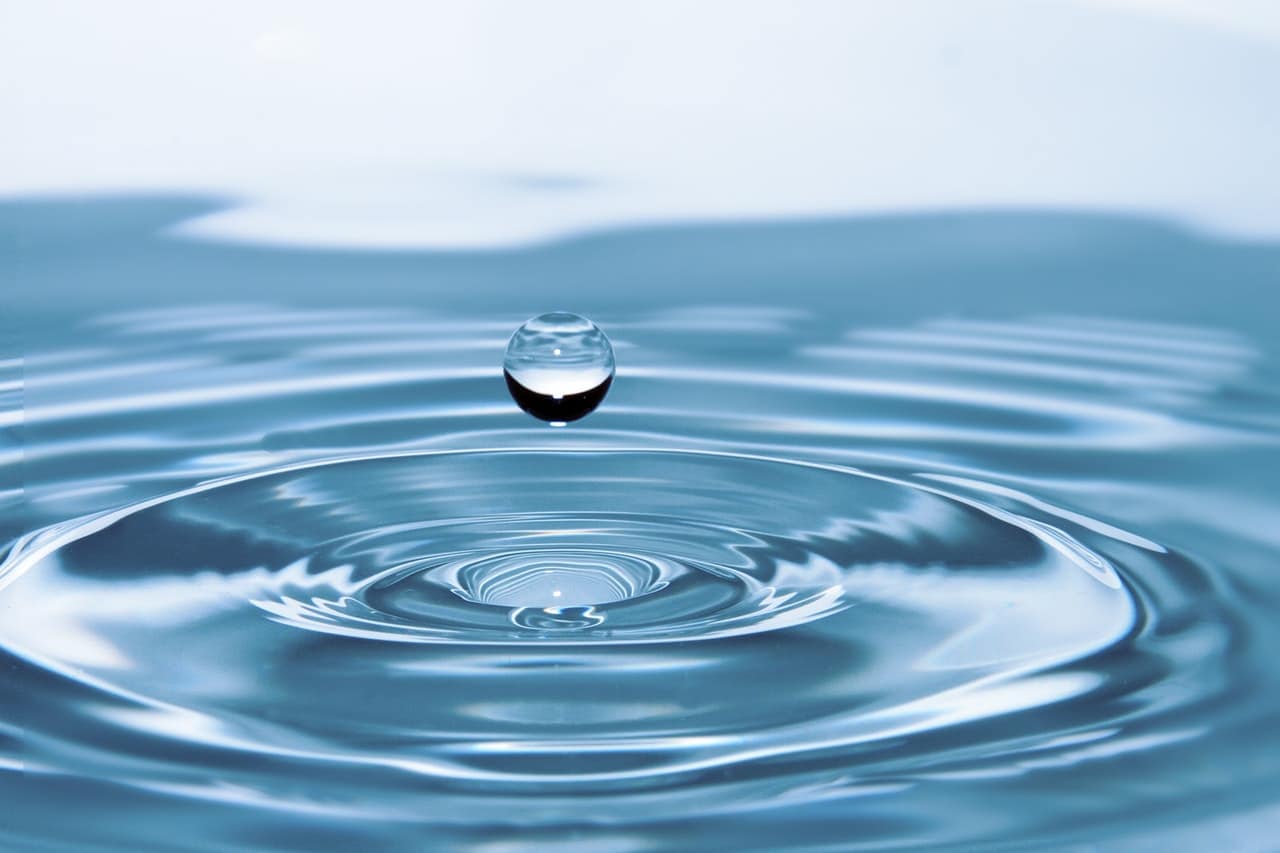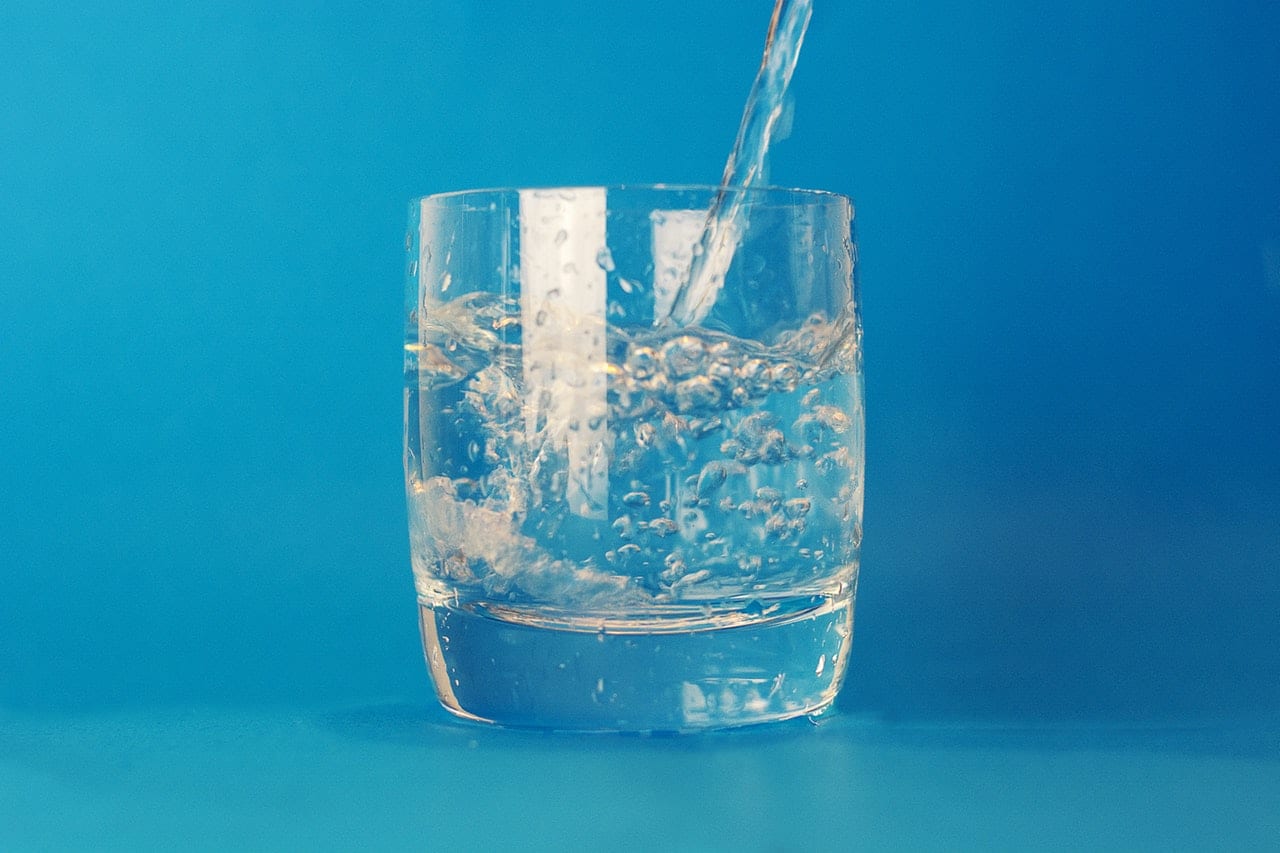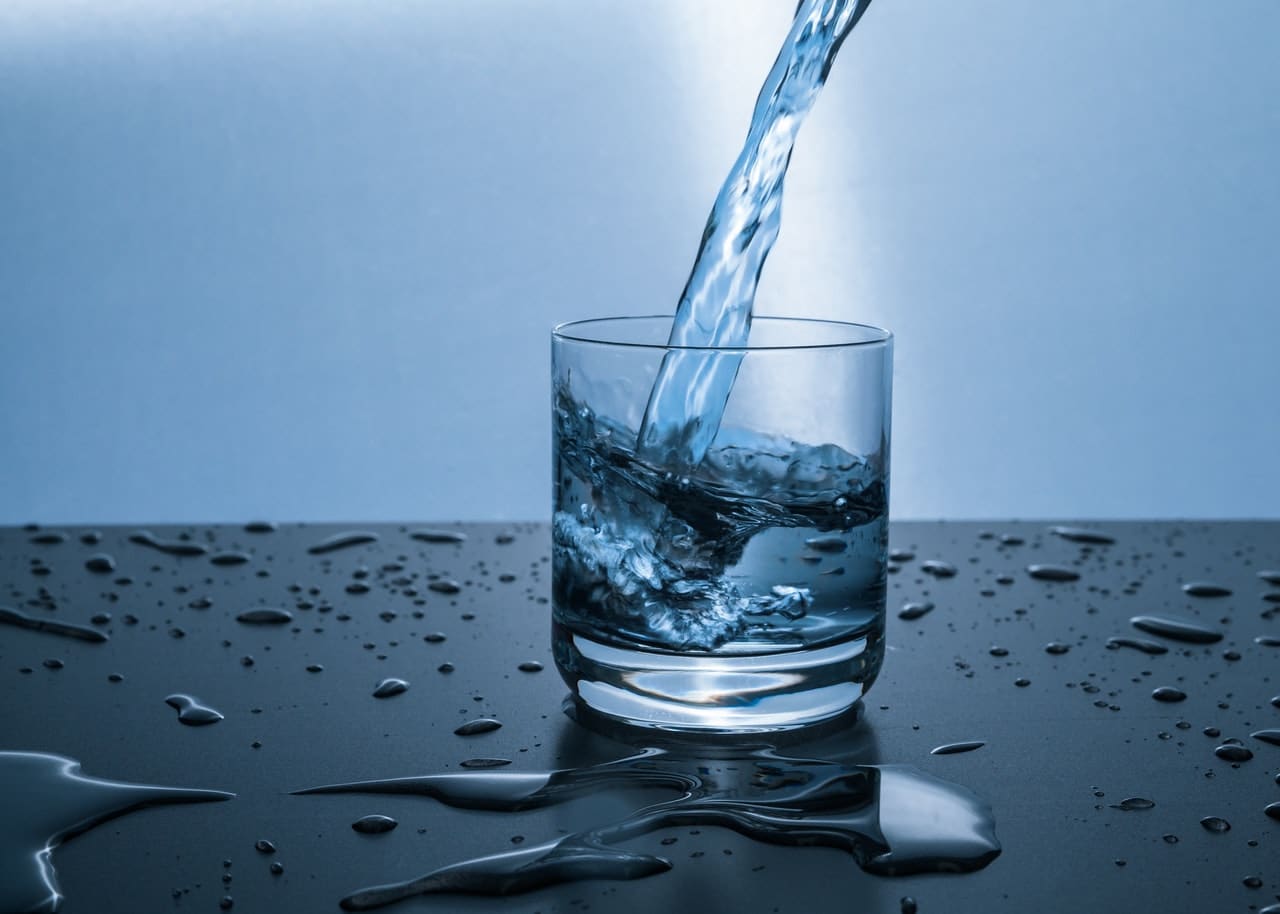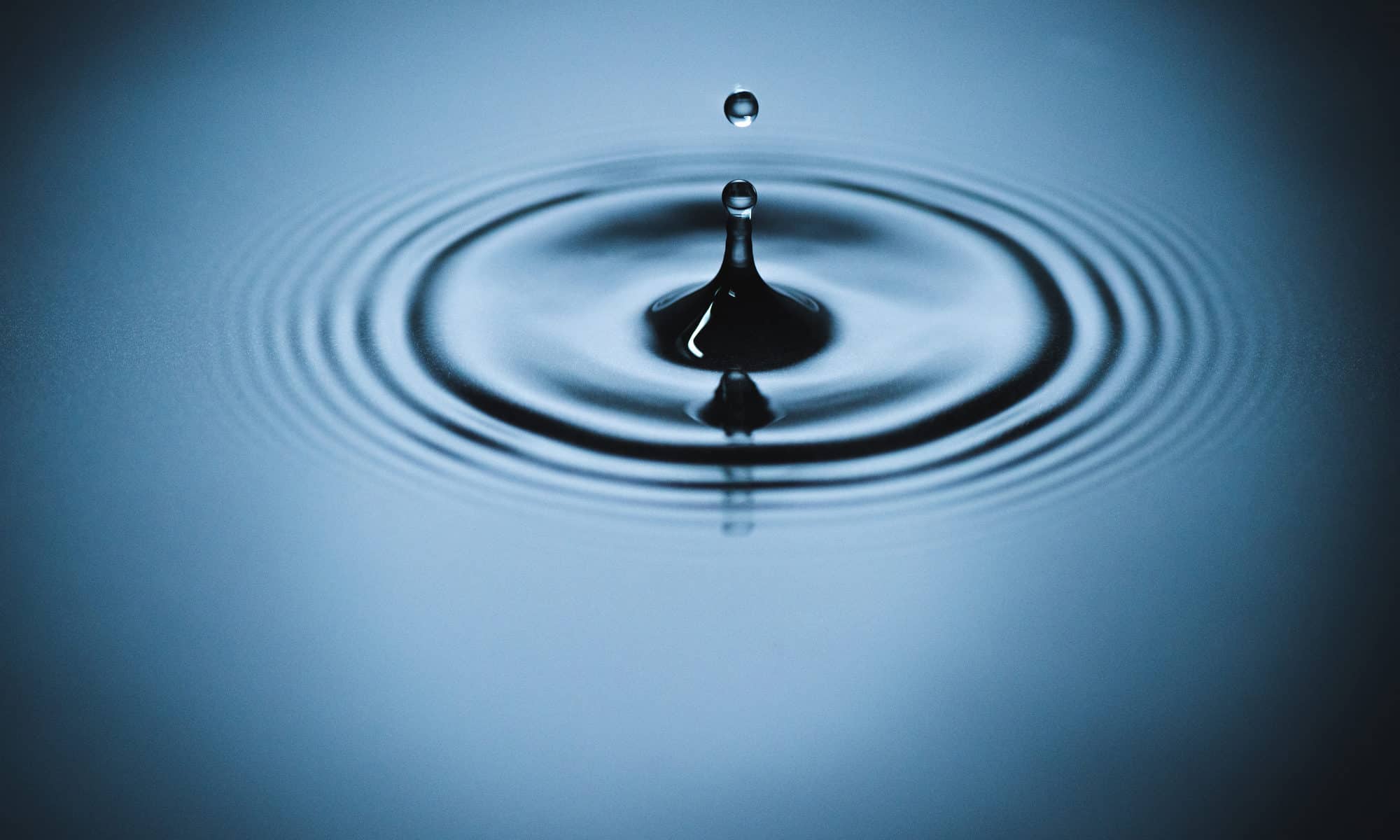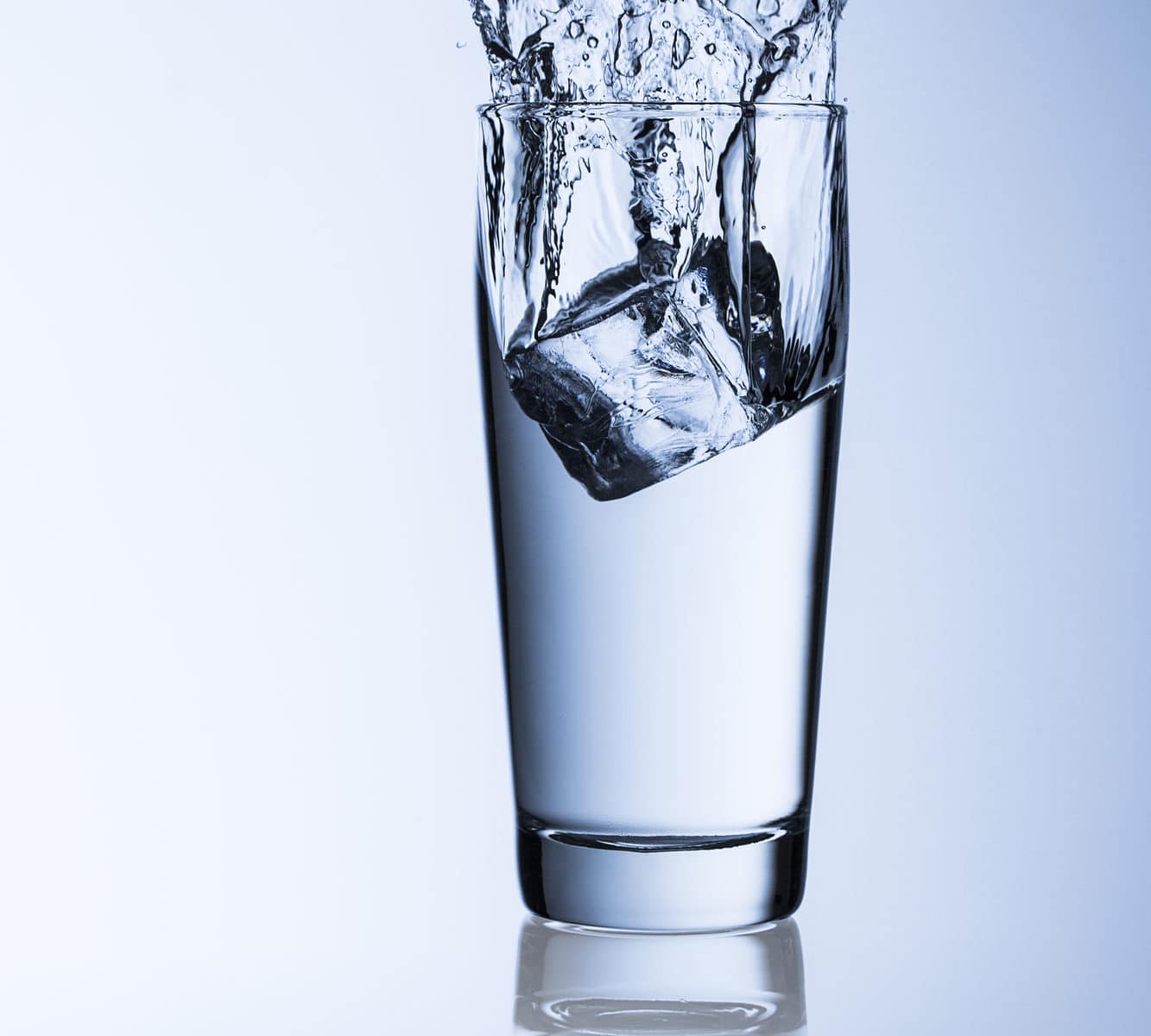Reverse osmosis is an advanced water purification process, one that can greatly improve the quality of your water. Installing an RO system is an effective way to get safe, great-tasting drinking water – and the components last a long time, so each glass will cost just a few pennies.
For details on how the water purification method works, what an RO system can remove from your drinking water and answers to your questions about installation, take a look at the following guide.
The Reverse Osmosis Process
Reverse osmosis is a high-tech solution to drinking water quality problems, but the way RO systems work isn’t all that difficult to understand.
The process essentially involves using pressure to force water through a semi-permeable membrane. The holes are just large enough to allow water molecules through – impurities are trapped, and even small contaminant particles get flushed away. As such, the drinking water produced through the RO process is clean, clear and delicious.
Impurities Removed through Reverse Osmosis
Install an RO system, and you won’t have to worry about the quality of your household drinking water – you’ll be providing your family with a supply that’s free of many potentially harmful contaminants. The pollutants and impurities filtered out by the semi-permeable RO membrane include:
- Arsenic
- Lead
- Iron
- Floride
- Mercury
- Copper
- Sulfate
- Cadmium
- Sodium
And that’s just a few of the contaminants removed through the RO process. Organic, inorganic and chemical byproducts of the water disinfection process are also trapped, and high-quality RO systems contain additional filters to remove particulates and sediments.
Installing a Reverse Osmosis System
RO systems are typically installed under the kitchen sink or in the basement or a utility closet.
You can also opt to hook up your reverse osmosis system to a refrigerator or ice maker. And if you already have a water softener or are planning on installing one, you won’t have any issues – in fact, because hard water damages the RO membrane, having a softener will extend the lifespan of your RO system.
Do you have any questions? For expert answers and advice on drinking water purification systems, turn to the professional team at Kinetico Utah.
An industry leader serving residential clients throughout the state of Utah, we’ve been helping homeowners get clean, great-tasting drinking water for more than 30 years. We offer a range of affordable treatment solutions, including the Kinetico K5 reverse osmosis system. To learn more, contact us and schedule a free consultation today.

